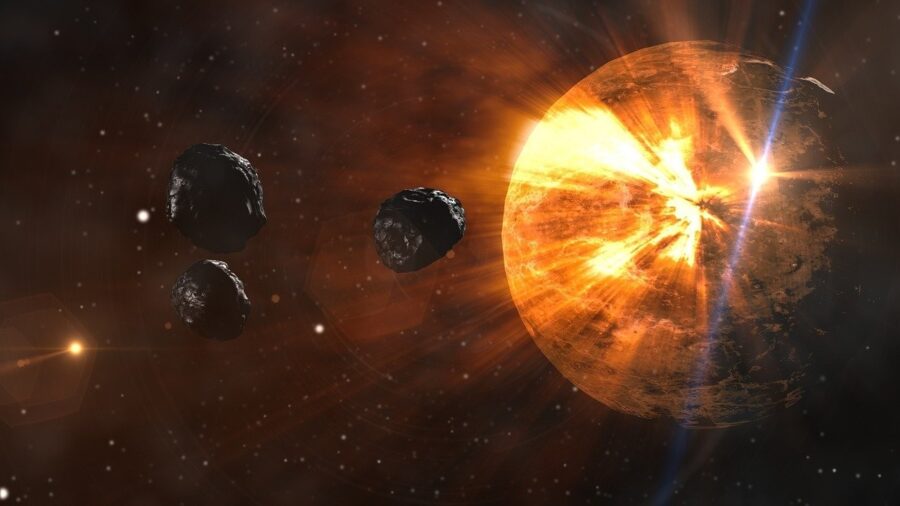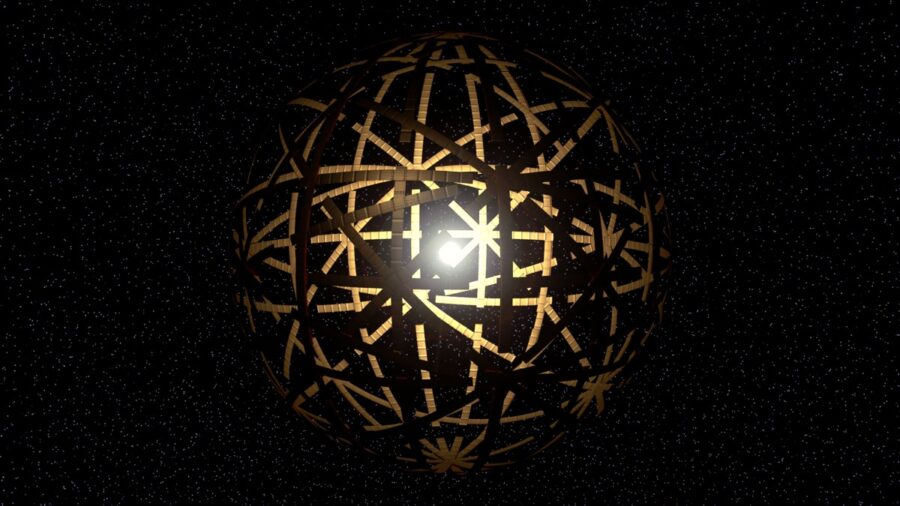Building A Dyson Sphere Now A Possibility?
Scientists believe constructing a Dyson sphere is possible in our solar system.

Since theoretical physicist Freemon Dyson first explored the concept of a Dyson sphere back in 1960, scientists have theorized that the applications of such a megastructure, though beneficial, would not be possible to achieve due to the sheer materials and manpower needed to create such a massive shell. Now, according to a recent write-up in Futurism, scientists are rethinking exactly what it would take to produce the long-theorized thought experiment, including demolishing a Jupiter-sized planet. Though the idea of an intergalactic construction job of this size may cause even the cast of CBS’ The Big Bang Theory to crumple in cosmic horror, the science behind the absurd concept seems to be mathematically sound.
A Dyson sphere is a conceptual thought experiment first proposed by Freeman Dyson in 1960, which posits that a megastructure encompassing a star could capture a large percentage of its solar power output, extracting far more power than an orbiting planet could ever hope to see from its sky-bound energy source. Because only a fraction of, for instance, our solar system’s sun can produce energy emissions that reach the surface of our orbiting planet, a structure that circles the sun would enable humanity to turn the entire surface of the ball of hot plasma into usable energy.

While such a structure would bear little use to our civilization in its current form, a Dyson sphere would provide massive amounts of usable energy to spacefaring colonies with intergalactic travel capabilities and contribute energy to the Earth for far longer if the sun ever began to extinguish its flames. With constant news updates about water in space, beneath the surface of the moon and Mars, humanity could soon see an opportunity to turn the distant stars into massive fueling stations, allowing humanity to explore further reaches of space than ever before.
In case the ever-evolving science of our reality hasn’t blown your mind with its continued evolution into a Star Trek fantasy, science journalist Jaime Green has reported in her new book The Possibility of Life that a Dyson sphere would be mathematically possible if we were to disassemble a Jupiter-sized planet and strip it for its resources. While no manned vessel has ventured into the reaches of space deep enough to even reach Jupiter at this point, the theoretical engineering at play in Green’s work seems to check out, according to her peers at NASA. The possibilities of modern science are truly as staggering as they are never-ending.
Some scientists, including astrophysicist Jason Wright, have commented on Green’s research, arguing that a Dyson sphere may not be as massive an undertaking as we previously thought. Wright points to man-made superstructures such as the island of Manhattan as an example of mankind’s ability to construct elaborate and functional formations, his argument being that scientists could send a series of satellites into the depths of the solar system in order to create the sphere bit by bit over a number of years. Regardless of the realistic applications of this process, the notion that what was once dismissed as an impossible thought experiment could one day become a reality is enough to reinforce the funding and respect of scientists in their continued endeavors to make magical concepts achievable.












